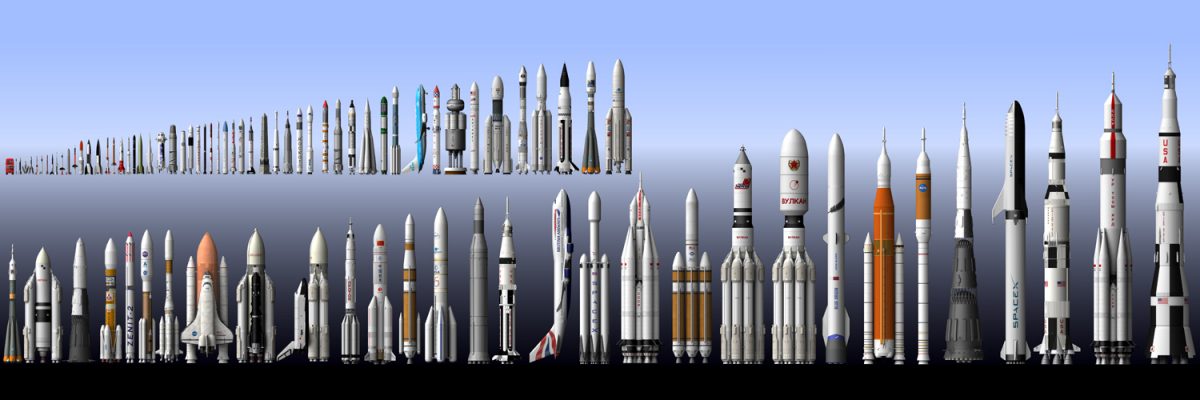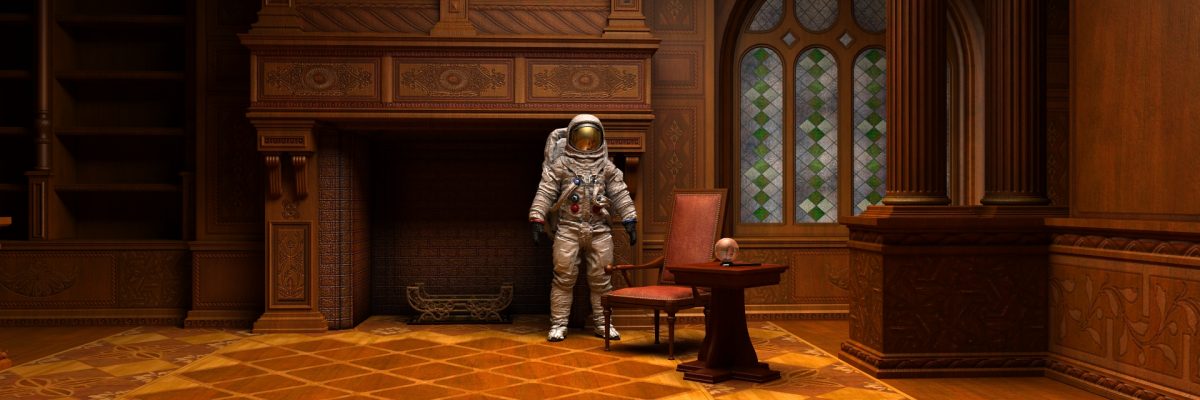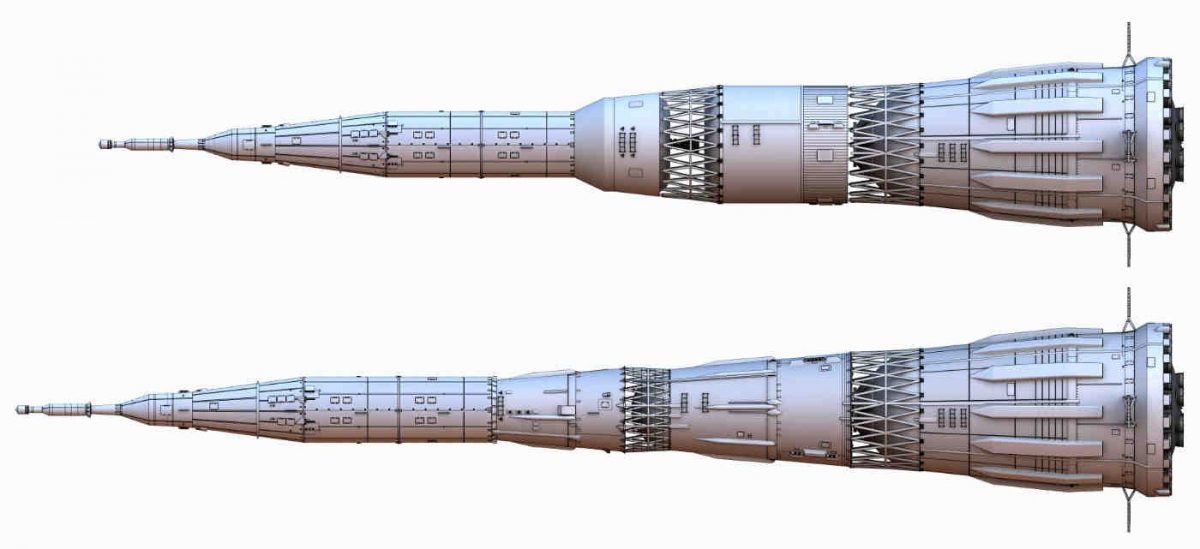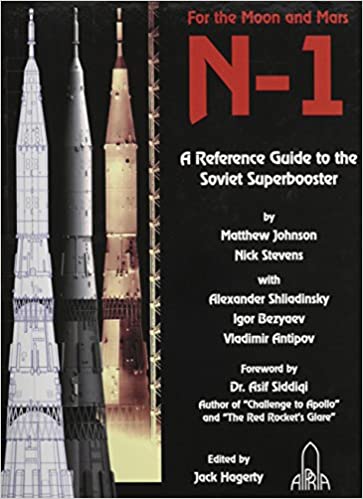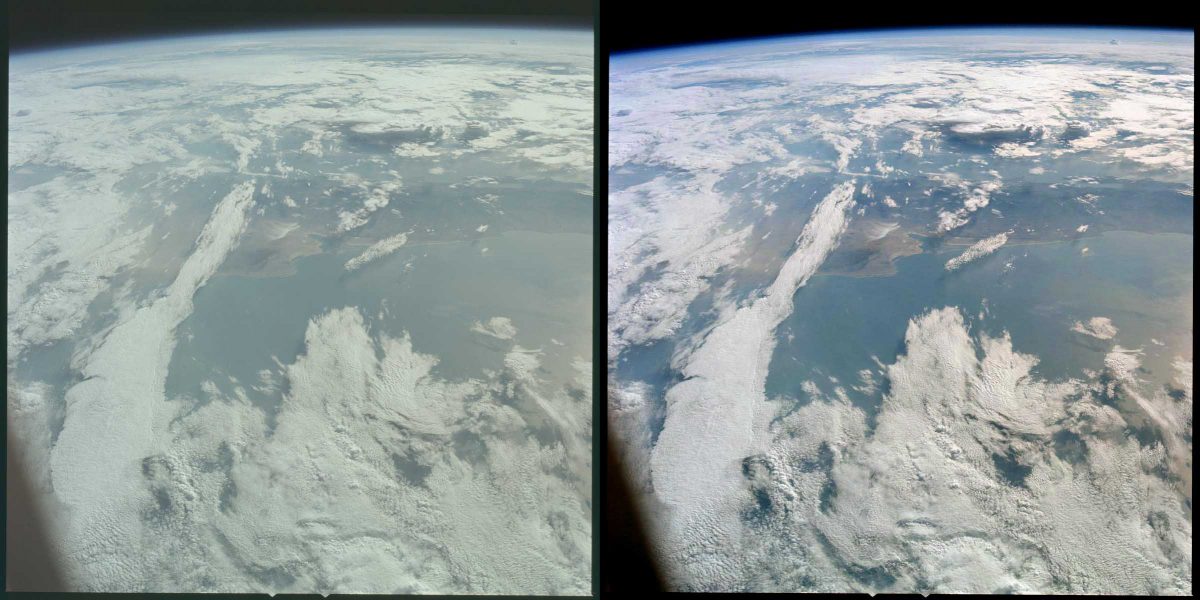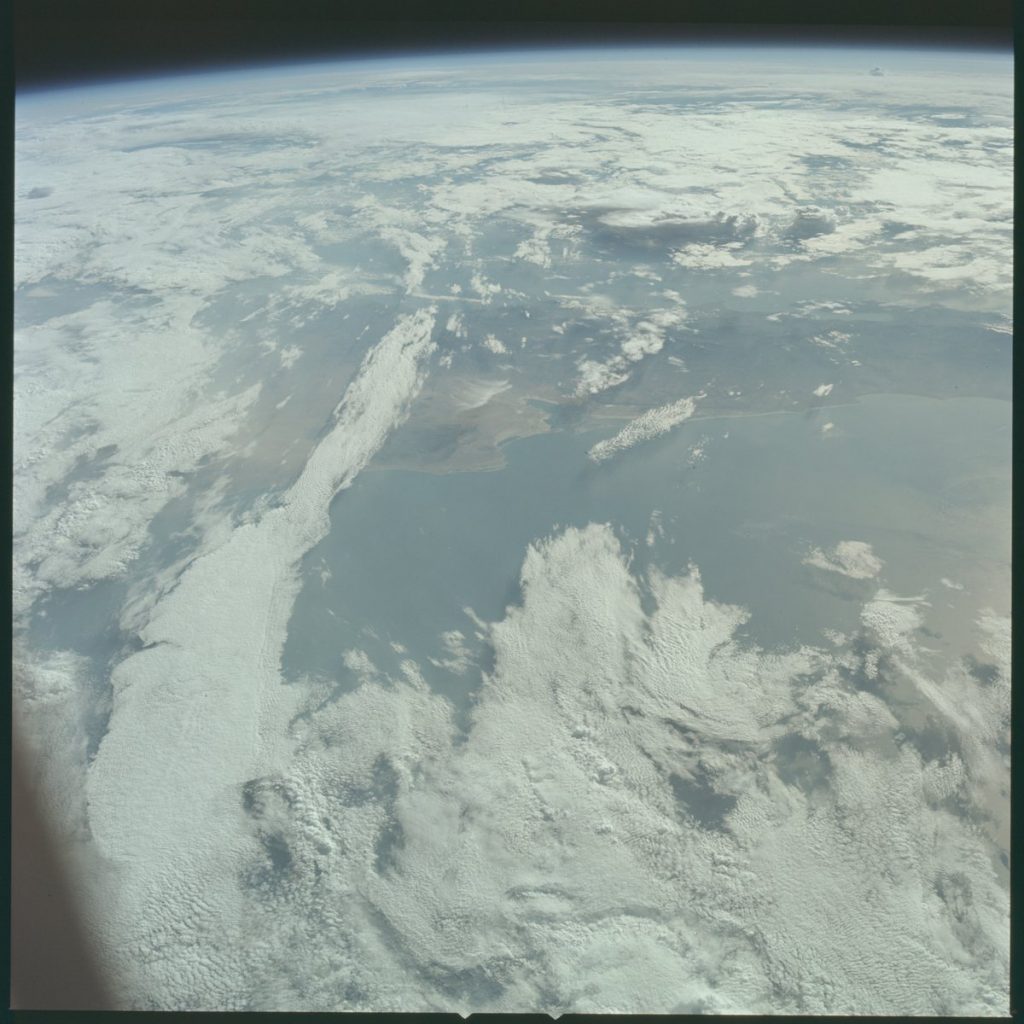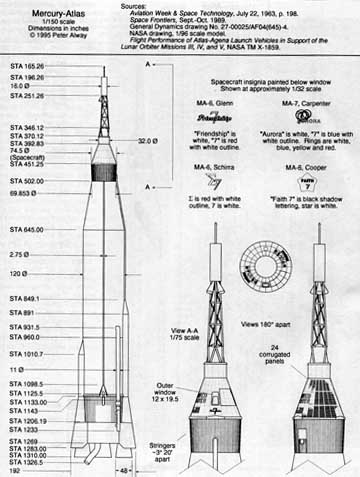I’ve not done anything here for too long… Busy with paid work, and research into obscure Soviet Space programs. But on the subject, I did set up a Substack where I have posted quite a few articles on that very subject. You can find the Soviet Space Substack here: https://graphicsnickstevens.substack.com Where it has loads of … Continue reading “Meanwhile, over at the Soviet Space Substack….”
The post Meanwhile, over at the Soviet Space Substack…. appeared first on Nick Stevens Graphics.

